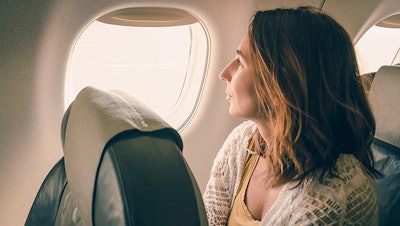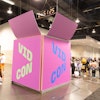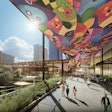
Without the benefit of hindsight or true predictive measurements for COVID-19, the U.S. Travel Association outlined broad guidelines for how the industry should act in the “new normal.”
The baselines are as follows:
- Travel businesses should adapt operations, modify employee practices and/or redesign public spaces to help protect employees and customers.
- Travel businesses should consider implementing touchless solutions, where practical, to limit the opportunity for virus transmission while also enabling a positive travel experience.
- Travel businesses should adopt and implement enhanced sanitation procedures specifically designed to combat the transmission of COVID-19.
- Travel businesses should promote health screening measures for employees and isolate workers with possible COVID-19 symptoms and provide health resources to customers.
- Travel businesses should establish a set of procedures aligned with CDC guidance should an employee test positive for COVID-19.
- Travel businesses should follow best practices in food and beverage service to promote the health of employees and customers.
“As travel reopens, travelers need the confidence that safety measures are in place from their departure to their return home,” says USTA President and CEO Roger Dow. “We must start safely and evolve.”
The announcement comes at the start of National Travel and Tourism Week. With the industry grounded to a halt, USTA is focusing on the “spirit of travel”—the urge we share to see the world and take in new experiences.
States across America are reopening on varied timelines following weeks of stay-at-home orders. Even with restaurants and other businesses starting to accept in-person customers, government officials are encouraging social distancing into the coming months.
Because there is no one-size-fits-all approach due to how the virus continues to spread, Dow notes different industries under the travel umbrella will have to make their own decisions. Likewise, travelers will need to use good judgment based off their individual cases.
“If we put finite rules for convention centers, airlines and hotels, the document would be 300 to 400 pages long,” says Dow. “We are going to listen to the experts; we’re not going to be Pollyanna.”
Nevada, devastated because the famed Las Vegas Strip remains dark, is often considered the most affected state by the novel coronavirus. Because of its compact footprint, though, Las Vegas can’t simply flip a switch. Instead, Dow says officials need to proceed prudently—and not just for the sake of the city.
“As Las Vegas goes, so goes travel,” says Dow. “Nevada has to come back right or the recovery won’t go right.”
Beyond messaging from USTA, White House and Centers for Disease Control and Prevention, travelers will rely on word-of-mouth from social media when to dip toes back into the water, notes Dow.
Trade shows will be toward to end of line of phased reopenings due to large crowds, adds Dow, but he is bullish on the future.
“Trade shows are how business is done in America and when they come back, they will be built with suspenders.”



















